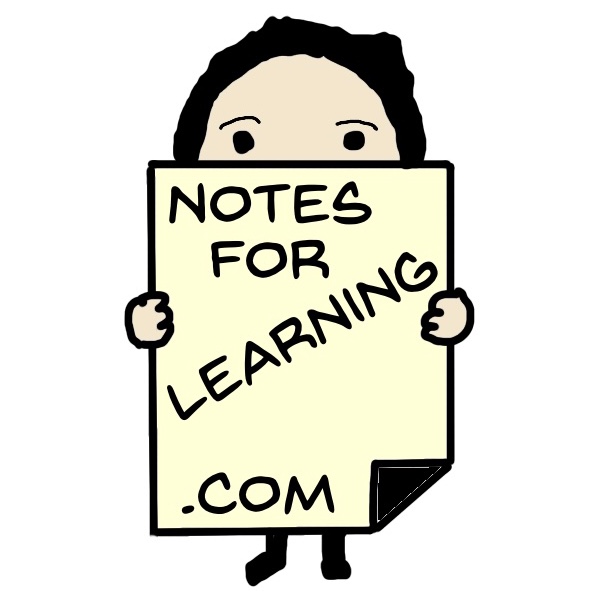
For years I have been using a simple formula to help me with writing. I attended a webinar years ago where this formula was shared as a method to write a book quickly. The idea in the webinar was to create a multipart outline of points and then apply these questions to each point. Further, the webinar speakers suggested that you dictate answers to these questions and then have the recording transcribed.
Unfortunately, I lost the attribution of this method. I’ll update this post if I discover the original source of this approach to writing.
Here are the questions …
- Why is this important?
- What do you need to know?
- How can you apply this?
- Who/What is needed to accomplish?
- When/Where should I apply this?
Why is this writing structure important?
Looking at it, it’s really not complicated, but is a repackaging of what we learned in school: Use who, what, when, where, why and how when writing about some topic. What I like about this approach, though, is that each question focuses on a practical aspect of the who, what, when, etc.
This structure is also convenient because it is easy. Since it’s based on what we learned in school – and journalists still use today – the formula is easy to remember. The structure consists of five “w” words (who, what, when, where, why) and one “h” word (how). A shorthand for the words is 5WH.
Since much of the writing that I do is educational in nature, I’ve found that this structure is excellent because of the focus on application of material. Whatever the topic is, you can substitute “this” with your topic:
- Why is daily exercise important?
- Why is gardening important?
- Why is a weekly day of rest important?
What do you need to know?
The concept behind this question structure is that these are likely to be questions your audience might ask or wonder about your topics and points.
For longer writings, such as a book, you can simply repeat the structure as often as needed for chapters and points. In the webinar I attended and learned about this writing formula, the speakers suggested writing each chapter title and subsequent series of points on index cards. Then, as you dictate, you can simply repeat the series of questions for each index card.
The formula is equally suited for short writings, even an email. The shortest use of the structure could be six sentences, possibly even fewer with compound sentences.
How can you apply this writing structure?
This formula works for books, papers, emails and blog posts. I find it to be useful especially during the outlining portion of a longer writing project. However, I often use it when mapping out blog posts. All you need to do is remember the specific elements.
Who/What is needed to accomplish?
I have written several posts on the use of a pocket notebook, and I prefer planning on paper. I typically write these questions around the edge of a page, and then place a mind map with one-word versions of the questions from which I plan out content.
You can easily use these questions as prompts in an electronic document as well. Simply type – or copy – the questions into your document (as I did with this post) and start typing.
You can utilize this method by yourself as you write in solitude or use these questions as prompts for brainstorming with a group. If you have a larger group, you could use breakout groups, with each on working on 1-2 questions.
When/Where should I apply this?
Whenever you are writing a tutorial or educational document, this is an ideal structure. If you are writing to persuade, check out my other posts in this business series. Using these five questions can also be useful when talking to someone about an informational subject. Mentally recall the questions as you speak.
